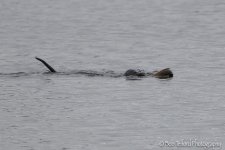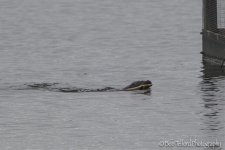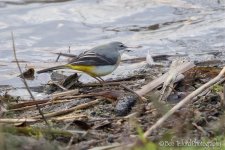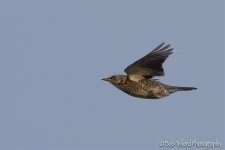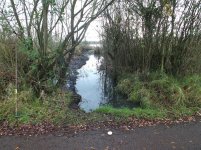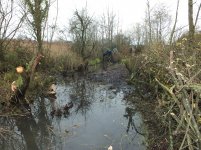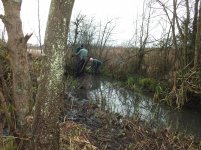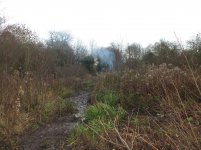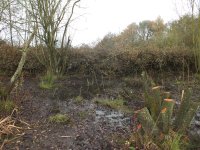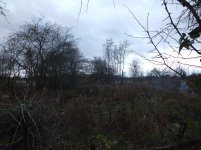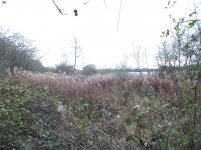No apologies necessary, Phil. (Please forgive the familiarity, since I don't think we've met!)
For those of us who are only occasional visitors, but keenly interested in what's going on at UW (and the wider area), your contributions - supported by so many others - are really valuable. The effort put in by the volunteers / wardens is superb. Sometimes the information that you all provide makes me feel that I have been there in person. So, a long overdue (from me) thanks to you and (particularly) John B, but also all the other regulars, who give a fantastic commentary on what is going on at Worcestershire's premier bird reserve. Sometimes its the rarities, such as the recent RN Phalarope; but often its more about the month to month, year to year changes - such as the increasing numbers of Ravens (I happen to have seen a couple of them at Blackpole in Worcester, recently, which impressed me greatly!); recent murmurations; or the increasing / reducing numbers of ducks / gulls / waders. Fascinating stuff. And, although I don't visit as often as I would like, I feel that when I do, I know what to expect, and that the background info that you provide is really helpful. So, as I said at the beginning, no apologies necessary. I value the quality of the information that you provide, and the efforts that you go to, to make it as accurate as you can. To me, it's a local equivalent to the BBC's "Spring / Summer / Autumn / Winter Watch" - but without all the hype. I wouldn't be surprised if there are lots of others who feel the same way...!





